Imagine a versatile exercise that can target your posterior chain, improve your posture, and strengthen your grip all at once. Look no further than the kettlebell Romanian deadlift (RDL). A powerful addition to your workout routine. In this article, we will guide you through the basics, correct form, common mistakes to avoid, and variations of this fantastic exercise.
The basics

The kettlebell Romanian deadlift is a variation of the traditional barbell deadlift, using a single kettlebell (lighter kettlebell or heavier kettle bell) instead of a barbell. This unique exercise primarily targets the posterior chain, facilitating better posture and enhancing grip strength. To perform the kettlebell RDL, you’ll need to hold the kettlebell handle with an overhand grip, with your palms facing down and both hands adjacent to one another. Another variation to consider is the single leg Romanian deadlifts, which can further challenge your balance and stability.
While it may seem similar to the traditional deadlift, the kettlebell RDL has its distinct features. It emphasizes the hip hinge movement, which is crucial for your lower body, core strength, and overall fitness. This exercise also allows for a lighter weight and a different grip, making it more accessible for beginners and offering variation for experienced lifters.
Benefits
The kettlebell RDL has numerous benefits that can help you achieve your fitness goals. First and foremost, it is an excellent muscle-building exercise, engaging your hamstrings and buttock muscles. Furthermore, it strengthens your posterior chain, which enhances balance and contributes to your overall stability.
Besides muscle building and balance improvement, the kettlebell RDL can also boost your posture by targeting the muscles responsible for keeping your spine aligned. As an added bonus, it has been demonstrated to increase bone density.
With all these advantages, it’s no wonder that the kettlebell RDL is a popular choice for fitness enthusiasts at all levels.
Differences from traditional deadlifts
While kettlebell RDL and traditional deadlifts share some similarities, they have distinct differences in terms of:
- Grip: In kettlebell RDL, your hands are positioned between your knees, while in regular deadlifts, they are situated on the exterior of your legs.
- Weight distribution: The stance for kettlebell deadlift is slightly wider than the regular deadlift stance. This is to make sure that the hands can appropriately hold the kettlebell in place.
- Emphasis on the hip hinge movement.
Another key difference between kettlebell RDL and traditional deadlifts lies in the weight and apparatus used. Kettlebell RDL utilizes a single kettlebell, making it more accessible for beginners and allowing for a lighter weight compared to barbell deadlifts. This difference in weight distribution and grip makes kettlebell RDL a valuable variation that can complement your traditional deadlift training.
Perfecting your kettlebell form
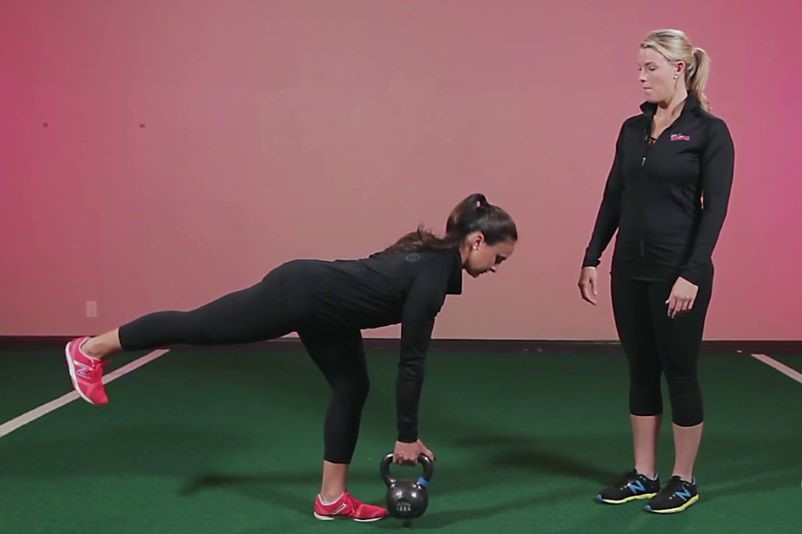
Proper form is crucial when performing kettlebell RDL to avoid injury and maximize the benefits of this versatile exercise. Ensuring correct stance, set-up, and execution will help you get the most out of your kettlebell RDL while keeping you safe.
To achieve the ideal kettlebell RDL form, follow these steps:
- Start with a comfortable bilateral stance.
- Grasp the kettlebell handle with both hands.
- Engage your upper back muscles.
- Maintain a neutral spine.
- Hinge at the hips.
- Keep your chest up throughout the movement.
Focusing on these elements will not only improve your performance, but also prevent common mistakes and potential injuries.
Stance and set-up
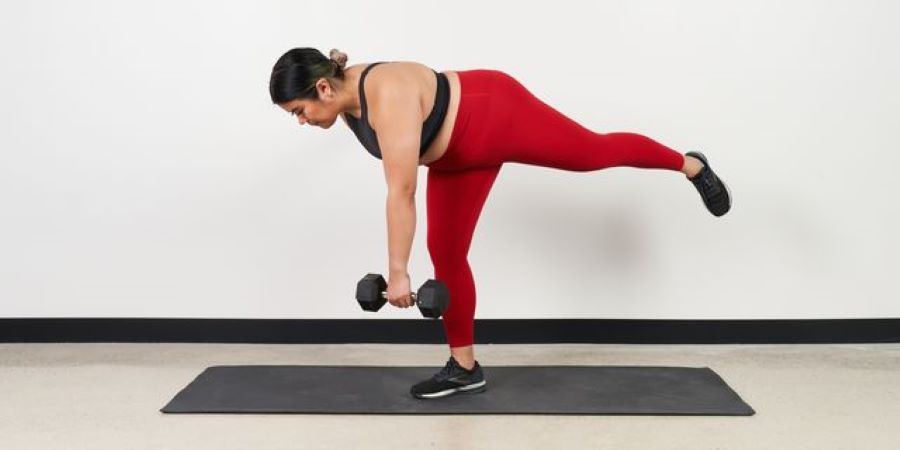
The foundation of a successful kettlebell RDL begins with the proper stance and setup. Here are the steps to follow.
- Place your feet shoulder-width apart with your toes facing forward and evenly distribute your weight.
- Keep your feet as flat as possible for optimal stability.
- When grasping the kettlebell handle, ensure all digits are encircling it.
Maintaining a vertical back is paramount during the kettlebell RDL to prevent bending or curving. Your upper body should be inclined at approximately 45 degrees at the starting position. By setting up correctly in a standing position, you’ll be better prepared to execute the exercise with correct form and maximize its benefits.
Execution

Once you have established the correct stance and set-up, it’s time to focus on executing the kettlebell RDL with precision. Begin by maintaining a neutral spine, hinging at the hips, and keeping your chest elevated throughout the movement. This will help you engage the targeted muscles effectively and prevent potential injuries.
Performing the kettlebell RDL at a slow pace is essential to maximize the tension on your lower body and enhance the mind-muscle connection. Take your time with each repetition and concentrate on maintaining correct form. As you become more comfortable with the movement, you can gradually increase to a heavy weight and challenge yourself further. Decrease to a light weight if you are unable to lift heavier.
Common mistakes to avoid

When performing kettlebell RDL, it’s important to be aware of common mistakes to ensure your safety and effectiveness. Two major errors to avoid are rounding the back and overextending the hips, which can lead to injury and diminish the efficacy of the exercise.
Being cautious of these mistakes and focusing on correct form will not only help prevent injuries, but also allow you to reap the full benefits of the kettlebell RDL. By slowing the movement down and concentrating on maintaining a neutral spine and proper hip hinge, you’ll be well on your way to mastering this versatile exercise.
Rounding the back
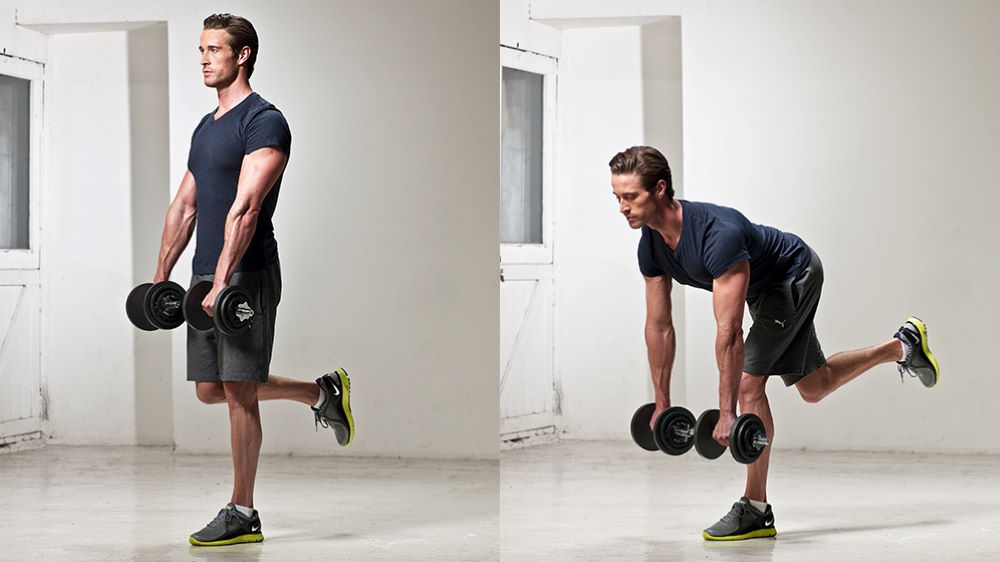
Rounding the back while performing a kettlebell RDL is a very common mistake. It can lead to serious injuries as well. Maintaining a neutral spine and engaging your core muscles throughout the exercise is crucial for correct form and safety.
To prevent rounding the back, take your time with each repetition and focus on tightening your legs, retracting your shoulders and shoulder blades, and activating your core. By ensuring a neutral spine and proper engagement of your core muscles, you’ll avoid potential injuries and make the most of your kettlebell RDL.
Overextending the hips
Overextending the hips during kettlebell RDL can lead to tension in the lower back and hamstrings, increasing the likelihood of injury. To avoid overextension, focus on controlled movement and engaging your glutes at the top of the lift. This will help reduce the risk of lower back strain and ensure perfect form.
By paying attention to the movement of your hips and maintaining control, you’ll be able to perform the kettlebell RDL safely and effectively. With practice and a focus on the correct form, you’ll soon master the kettlebell RDL and enjoy its numerous benefits.
Romanian deadlift variations

Incorporating different kettlebell RDL variations into your workout routine can help target specific muscles and add variety to your training. Some kettlebell RDL variations to consider are:
- Single-leg kettlebell RDL
- Sumo kettlebell RDL
- Kettlebell RDL with a row
- Kettlebell RDL with a press
Alternating kettlebell variations not only keeps your workouts engaging, but also ensures you’re targeting the relevant muscles for a well-rounded fitness regimen.
Among the many kettlebell deadlift variations, two popular options are the single-leg RDL and the kettlebell single leg deadlift. These kettlebell deadlifts, including the single leg deadlift, can help you focus on different aspects of your posterior chain, unilateral strength, and underhand grip, providing a comprehensive and diverse workout experience.
Single-leg kettlebell RDL
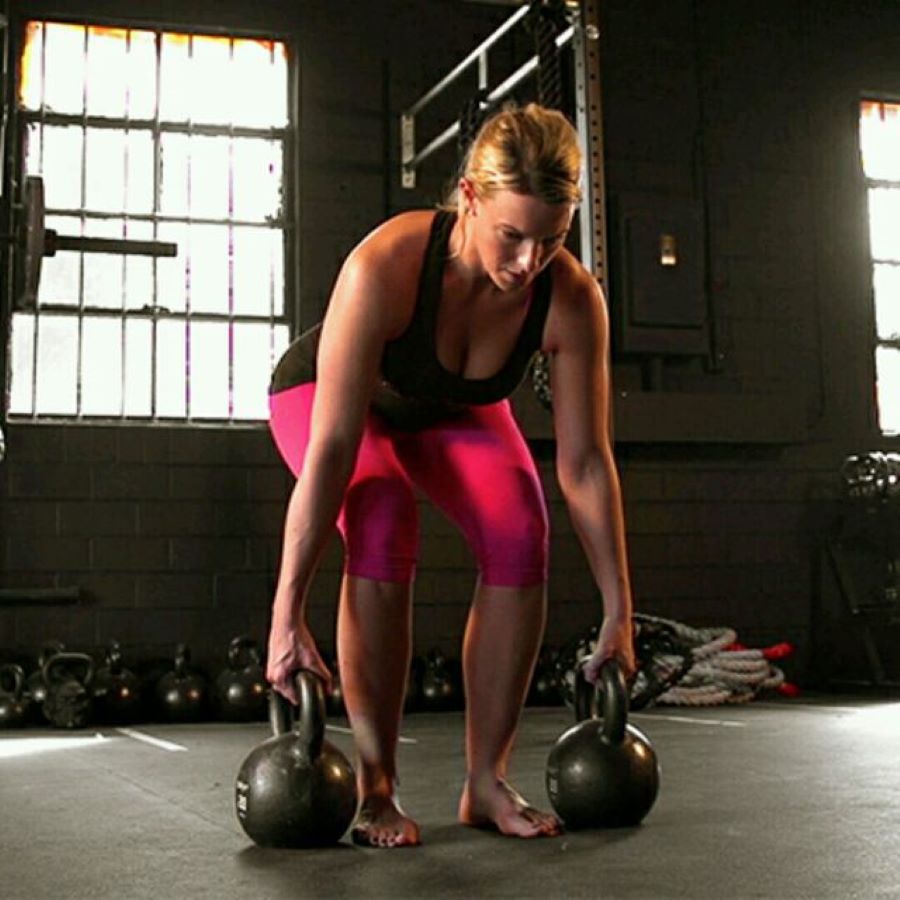
The single-leg kettlebell RDL is a great variation that emphasizes unilateral strength, balance, and hamstring activation. By working your legs unilaterally, this variation challenges your stability and provides a unique training stimulus.
To perform the single-leg kettlebell RDL:
- Stand on one leg while holding the kettlebell in the opposite hand.
- Hinge at the hips and lower the kettlebell toward the ground, keeping your back leg straight and in line with your upper body.
- Return to the starting position by driving through your planted leg and engaging your gluteus maximus.
- Repeat on the other side for a balanced workout.
Double kettlebell RDL
The double kettlebell RDL is another excellent variation that allows for a neutral grip and increased load on your posterior chain muscles. This variation can enhance your hip mobility, flexibility, and overall strength.
To perform the double kettlebell RDL:
- Stand with your feet hip-width apart and two kettlebells positioned in front of you.
- Bend your knees slightly and hinge at the hips to grasp the kettlebells with a neutral grip.
- Keep your back flat and your core engaged as you lift the kettlebells up to hip height.
- Lower the kettlebells back down to the starting position and repeat for the desired number of repetitions.
Integrating Romanian deadlifts into your routine

Adding kettlebell RDL to your workout routine can greatly benefit your overall strength and fitness. To integrate this versatile exercise into your routine, start by determining the appropriate sets and repetitions based on your fitness level and goals.
Additionally, incorporating complementary exercises can further enhance your training and create a well-rounded workout regimen. By carefully planning your workout routine and incorporating kettlebell RDL along with its variations, you’ll be able to target specific muscles, improve your overall strength, and enjoy a diverse and engaging training experience.
Complementary exercises

Incorporating complementary exercises into your routine can help you get the most out of your kettlebell RDL and create a well-rounded workout. Some exercises that focus on strengthening the muscles used in the kettlebell RDL, such as the glutes, hamstrings, and core, are:
- Hip thrusts
- Single-leg deadlifts
- Glute bridges
- Plank variations
These kettlebell exercise techniques can be added to your routine to enhance the effectiveness of your kettlebell workouts, including the kettlebell RDL workout.
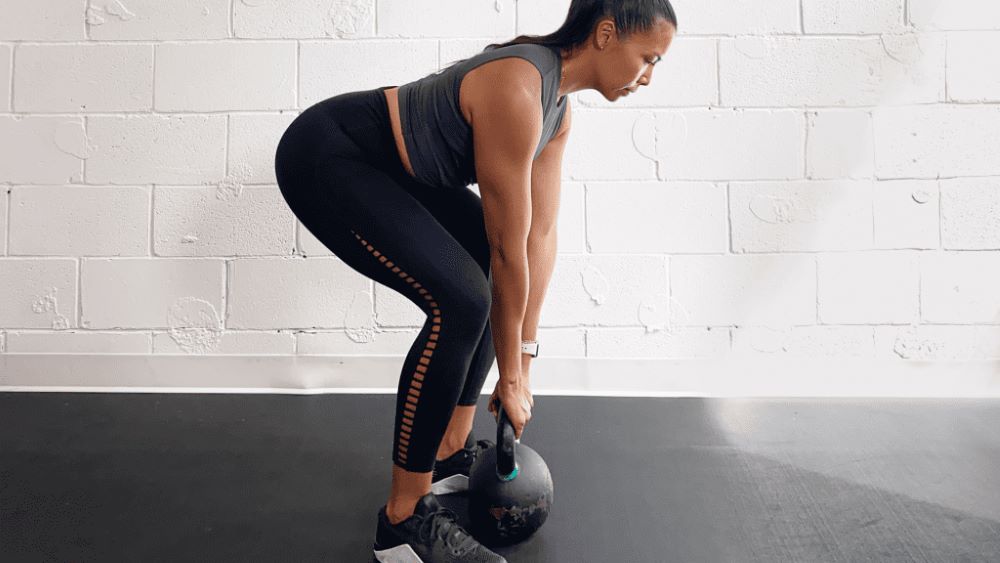
Summary
In conclusion, the kettlebell Romanian deadlift is a versatile and effective exercise that can improve your posterior chain strength, posture, and overall fitness. By mastering the correct form, avoiding common mistakes, and incorporating a variety of kettlebell RDL variations and complementary exercises, you’ll be well on your way to a stronger, healthier, and more balanced body. At Immigration Lawyer Romania, we recognize the importance of health and exercise, and hope this blog article provided further insight to the RDL. So don’t wait any longer! grab a kettlebell and start reaping the benefits of this fantastic exercise.
Frequently asked questions
What muscles do the kettlebell Romanian deadlift work?
The kettlebell Romanian deadlift works the hamstrings, glutes and lower back muscles while also improving hip mobility and flexibility.
Are kettlebell RDLs effective?
Kettlebell Romanian deadlifts are a very effective exercise that activates most of the muscles in the body, strengthens the posterior muscles and improves hip mobility.
Additionally, it works the core muscles as your abdominals and obliques contract to stabilize the mid-section.
What is the difference between Bulgarian and Romanian deadlift?
The Bulgarian split squat mainly focuses on the glutes and quads, whereas the Romanian deadlift primarily works the hamstrings and glutes.
How many sets and repetitions should I perform for kettlebell RDL?
For kettlebell RDL, it is recommended to start with 3-4 sets of 5 repetitions, while more experienced lifters can progress up to 3-5 sets of 8-12 repetitions with moderate to heavy loads.
This is a great way to build strength and stability in the lower back, glutes, and hamstrings. It is important to maintain proper form throughout the exercise to ensure safety and maximize the benefits.
